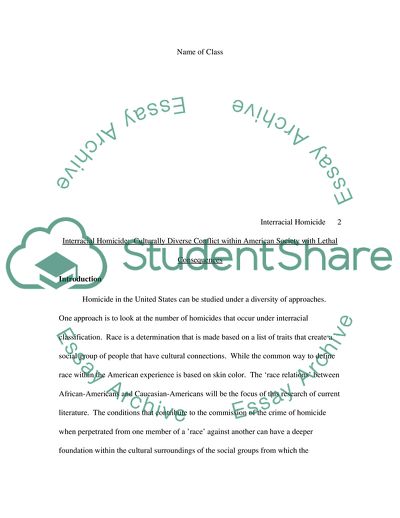Cite this document
(American Experience Term Paper Example | Topics and Well Written Essays - 2500 words, n.d.)
American Experience Term Paper Example | Topics and Well Written Essays - 2500 words. https://studentshare.org/history/1721833-homicide-studies
American Experience Term Paper Example | Topics and Well Written Essays - 2500 words. https://studentshare.org/history/1721833-homicide-studies
(American Experience Term Paper Example | Topics and Well Written Essays - 2500 Words)
American Experience Term Paper Example | Topics and Well Written Essays - 2500 Words. https://studentshare.org/history/1721833-homicide-studies.
American Experience Term Paper Example | Topics and Well Written Essays - 2500 Words. https://studentshare.org/history/1721833-homicide-studies.
“American Experience Term Paper Example | Topics and Well Written Essays - 2500 Words”. https://studentshare.org/history/1721833-homicide-studies.


